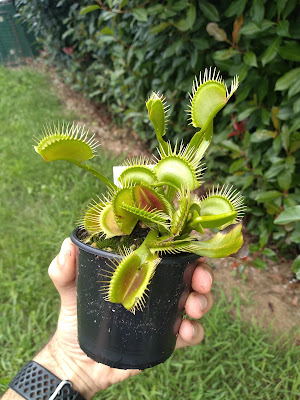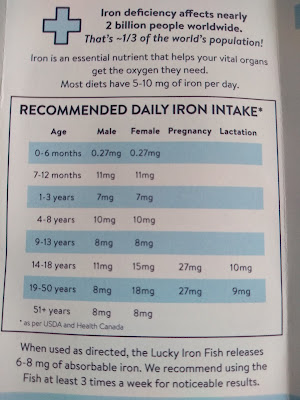There are a few wild ancestors of modern corn (Zea mays) that are still around. Most don't look hugely like the corn that we are used to, but you can see how they were bred into what we use today. Most are annuals, just like domesticated corn. Most can be crossed with domestic corn if they can be induced to flower at the same time.
There are a smaller number of species of perennial ancestors of corn. Most of the perennial ones are on the brink of extinction in the wild, or already extinct on the wild. I think there may be a few wild species that are growing in such small areas that they have yet to be described.
Recently someone sent me some seeds of a hybrid between modern corn and the perennial Zea diploperennis. From memory this contains ~15% mays genes. I was very excited to grow this as I am not sure how much perennial corn is in Australia.
I planted the seed and ended up with a small number of plants. I put each plant in a pot of soil and moved this into the garden over the growing season. Growing in pots means I can move them around and hopefully protect them over winter.
I am told that diploperennis can be used similar to popcorn, but with smaller ears and few kernels in each ear. If this was crossed with regular popcorn it should be possible to create a perennial popcorn. As many wild plants contain genes for disease resistance or pest resistance that are not present in their domestic counterparts, a perennial popcorn that uses diploperennis as one of the parents could be very useful to grow in low input permaculture farming or backyard gardens like mine who don't like to spray anything.
 |
| Zea diploperennis in pots next to popcorn, pumpkin, and beans |
 |
| Zea diploperennis tillering a little |
Unfortunately the weather was odd this summer, and many of my vegetables flowered really late or not at all. My diploperennis didn't start to flower until the popcorn was already harvested. Some diploperennis appear to be producing cobs, but I am not sure if any of them contain seed or if they will all be empty. As the diploperennis are flowering so late I am not sure if they even could produce any seed prior to winter.
Some of the diploperennis plants tillered a little, others did not tiller at all. None of them got more than a foot and a half tall and they all had stems almost as thick as a pencil. This was likely due to the soil I grew them in combined with the cooler than usual summer. Then again, perhaps they are always scrawny plants.
I can't imagine that these would be perennial in my climate as they are not adapted to frosts. I planted my diploperennis in pots of soil so I can move them into an unheated greenhouse over winter to protect them from frosts. Hopefully they can survive over winter, but I won't really know until spring.
I don't have enough seeds or plants to share any at the moment. I grow and sell a lot of interesting plants through my for sale page, but it is unlikely that I will have diploperennis available any time soon. I don't even know if this can survive winter in my climate in an unheated greenhouse. Fingers crossed I can over winter these plants and eventually have enough to share around a little.


















































